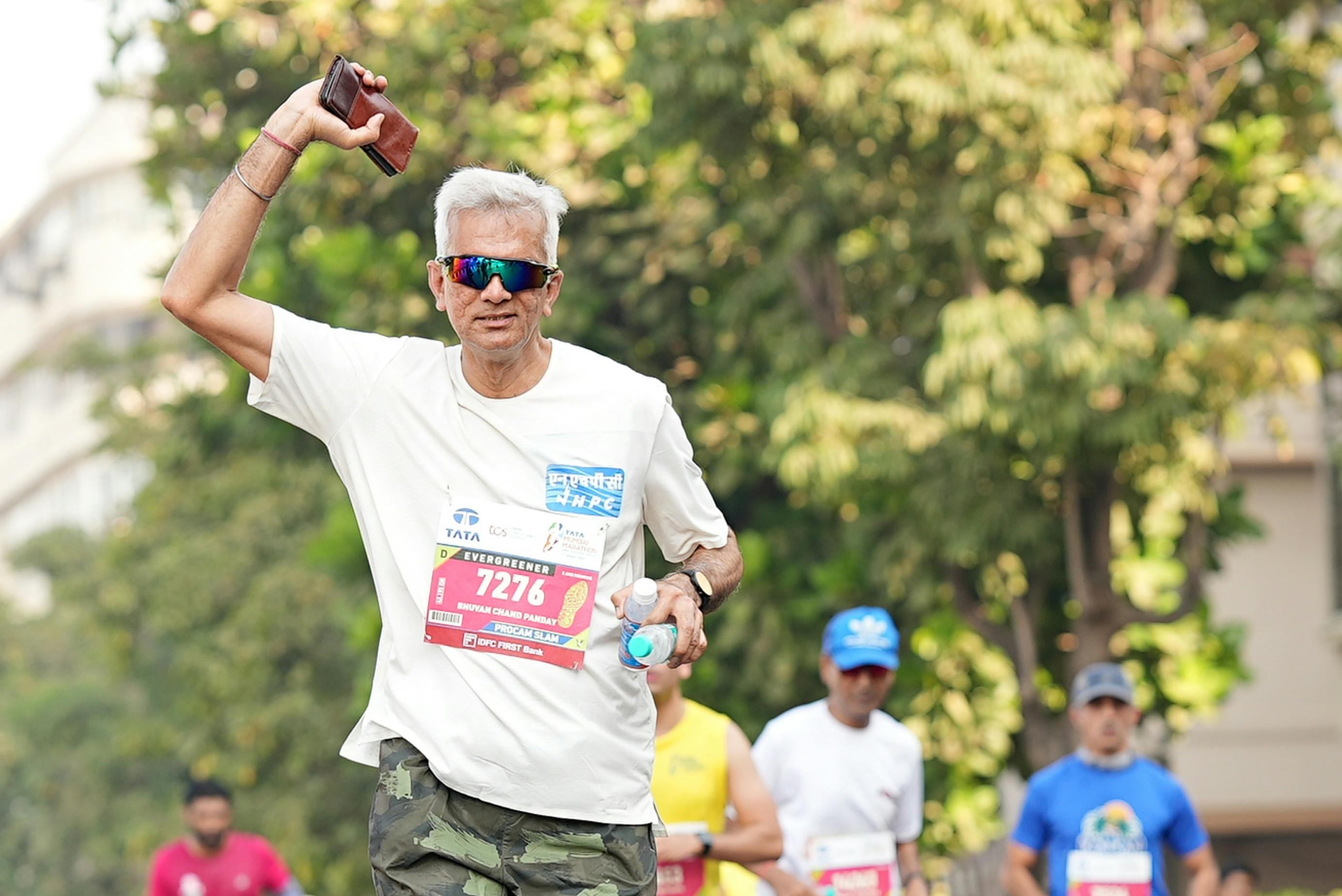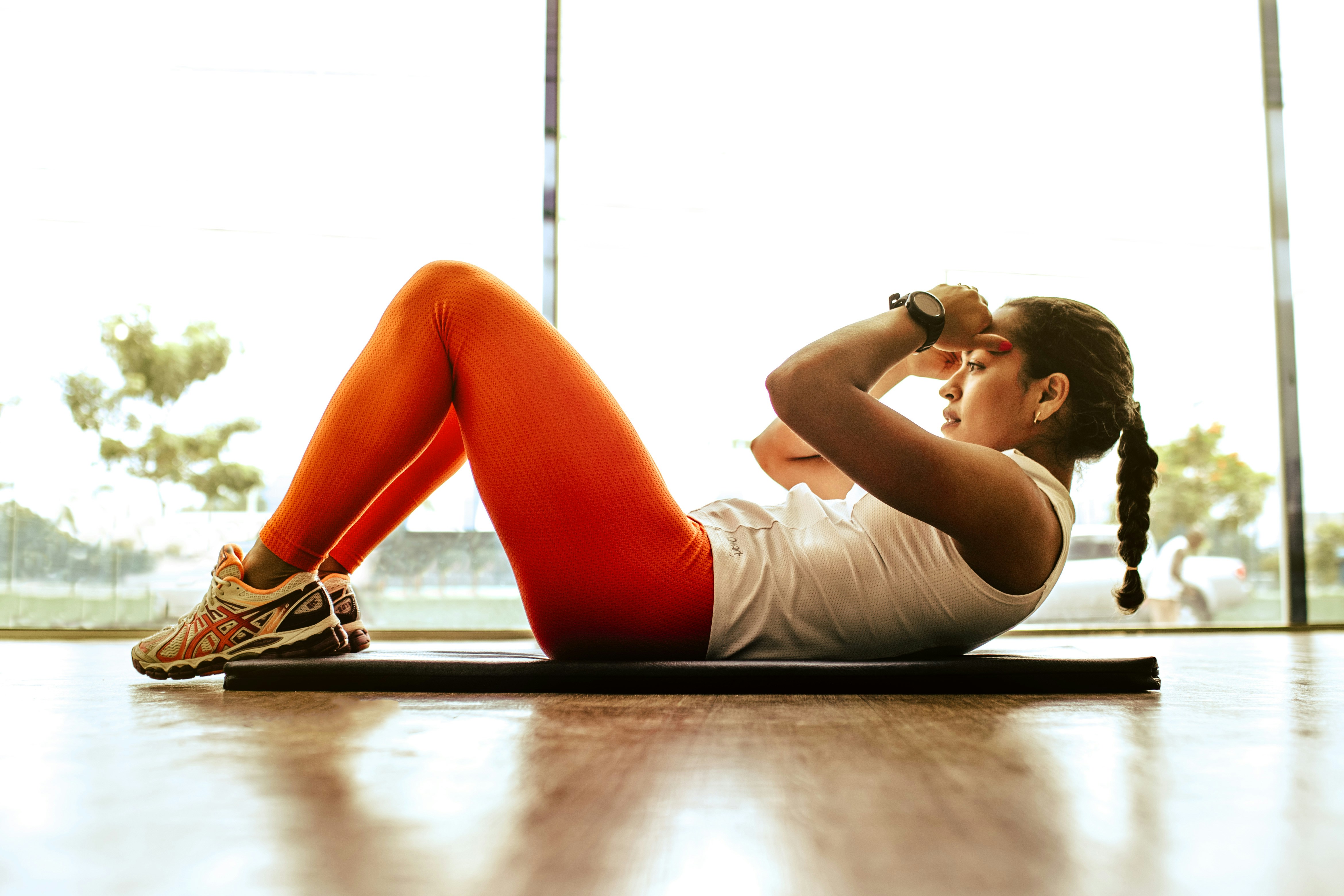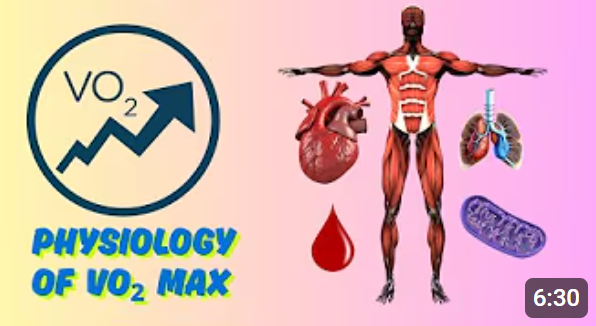Table of Contents
The Curve We Can Bend: Why VO₂ Max Falls With Age—and How to Fight Back

The short answer
VO₂ Max—the maximum rate your body can use oxygen during exercise—declines with age because oxygen delivery (heart output and blood flow) and oxygen use (muscle mitochondrial capacity) both slip. Up to late middle age, the bottleneck is mostly delivery; in very old age, muscle mitochondria play a bigger role. The good news: targeted training can raise VO₂ Max at any age.
Why VO₂ Max drops as we get older
1) Less oxygen delivered to working muscle
With age, peak cardiac output falls and the body may distribute a smaller share of that output to active muscles during whole-body efforts. That means lower limb blood flow at the same workload and less oxygen arriving where it's needed. This delivery limitation explains much of the decline through the 50s and 60s.
2) Changes in oxygen use inside muscle
By the 70s and 80s, the muscles themselves become a bigger constraint. Mitochondrial oxidative capacity declines—even when oxygen delivery is matched—so muscle fibers can't extract and use as much oxygen at peak effort. Think of this as a smaller "metabolic engine" even when fuel lines are open.
3) What doesn't seem to be the culprit
Capillary structure (the "plumbing" near muscle fibers) generally isn't reduced enough with aging to limit oxygen diffusion. In other words, the pipes are still there; the pump and the engines are the bigger issues.
How fast does VO₂ Max fall?
Across studies, sedentary adults lose roughly ~10% per decade, while highly active adults lose ~5% per decade—but the drop accelerates after ~70. Staying active slows the decline but doesn't stop it entirely.
What can you do about it?
The most effective strategies improve one or both sides of the equation—delivery (heart, blood volume, perfusion) and use (mitochondria, muscle). Below are practical options with supporting evidence.
1) Build an aerobic base (Zone 2 / steady moderate)
Regular moderate-intensity aerobic training is the foundation. Meta-analyses show aerobic training reliably increases VO₂ Max versus no training and outperforms resistance training alone for this outcome. Aim for 150–300 min/week at moderate intensity (you can talk in phrases, not full sentences, while working out). (NCBI, ScienceDirect, PMC)
How: 30–60 minutes of brisk walking, easy running, or cycling, 3–5 days/week. If you use zones, this is typically Zone 2.
2) Add intervals to raise the ceiling
Intervals stress the heart and mitochondria more, pushing up the "ceiling" of oxygen delivery and use.
HIIT (High-Intensity Interval Training): Repeated bouts near hard efforts (e.g., 3–5 minutes hard, equal easy). Reviews and meta-analyses show HIIT is at least as effective as moderate training—and often more time-efficient—for improving VO₂ Max, including in older and clinical populations. (SpringerLink, Wiley Online Library, PubMed)
SIT (Sprint Interval Training): Very short, very hard bursts (e.g., 20–30 seconds all-out with long recovery). In trained adults, SIT can produce meaningful VO₂ Max gains and performance benefits in as little as 6 weeks; use judiciously if you're new or have joint limitations. (PMC)
How: Start with 1 interval day/week (e.g., 4 × 3 minutes hard with 3 minutes easy). Progress to 2 days/week, separated by at least 48 hours.
3) Stay consistent—detraining erodes gains quickly
Even short breaks reduce VO₂ Max via drops in plasma/blood volume and cardiac output. A 2022 meta-analysis shows both short- and long-term training cessations reduce VO₂ Max, with larger losses the longer you stop. (PMC)
How: In busy weeks, protect one quality aerobic session and one interval session. Something beats nothing.
4) Keep (or start) strength training
Resistance training alone does not markedly spike VO₂ Max, but it preserves muscle mass and power, enabling higher aerobic training volumes and better economy—especially vital with aging. Combined programs (aerobic + resistance) are effective for older adults. Lift 2–3 days/week. (ScienceDirect, ResearchGate)
5) Mind body weight—but know what changes
Relative VO₂ Max (mL/kg/min) rises with fat-loss, even if absolute VO₂ Max (L/min) doesn't change much. Large weight losses can reduce absolute VO₂ Max if lean mass drops, so pair calorie control with resistance training and protein. (PMC, PubMed)
6) Hit the guidelines (they're written for longevity)
Global recommendations for adults and older adults: 150–300 min/week of moderate aerobic activity or 75–150 min/week vigorous, plus 2+ days/week of strength; older adults should also include balance work. Meeting these targets correlates with higher VO₂ Max and lower mortality risk. (PMC, CDC)
7) Program it like this (example week)
Mon – Aerobic base: 45–60 min Zone 2
Wed – Intervals: 4 × 3 min hard (2–3 min easy)
Fri – Aerobic base: 45 min Zone 2 (+ 6 × 20 s strides/spins)
Sat – Strength: Full-body (compound lifts)
+ Daily: Easy walking/mobility; add balance drills if 65+
Scale durations to your level. If new to intervals or managing conditions, clear it with your clinician.
Why these methods work (connecting back to the physiology)
Base training expands blood volume, stroke volume, and peripheral adaptations (more and better-functioning mitochondria), improving both oxygen delivery and use. (NCBI)
Intervals push stroke volume and cardiac output to higher peaks and stimulate mitochondrial biogenesis—addressing the very limits that fall with age. In middle age, intervals mainly offset delivery losses; in very old age, they also target mitochondrial constraints. (SpringerLink)
Consistency prevents rapid reversals in plasma volume and cardiac function that come with detraining. (PMC)
These mechanisms mirror what aging changes: first the pump and flow, later the engines inside muscle. That's why a blended plan—steady aerobic work plus intervals and strength—is the best hedge against decline.
Key takeaways from the research review you provided
- VO₂ Max decline is multifactorial: reduced cardiac output/distribution dominates up to late middle age; mitochondrial limitations dominate in very old age.
- Capillaries are generally preserved; diffusion isn't the main aging bottleneck.
- The decline is slower if you stay active (~5%/decade vs. ~10%), but accelerates after ~70.
(All summarized from Betik & Hepple's integrated perspective on aging and VO₂ Max.)
FAQs
Does VO₂ Max always go down with age—even if I train?
It declines more slowly in active people, and you can still improve from your current baseline at any age. Training changes the slope of decline and can move you to a higher curve for your age.
HIIT or Zone 2—what's better for VO₂ Max?
Both help. HIIT is often as effective or more time-efficient for boosting VO₂ Max; Zone 2 builds the base that lets you handle more work. Most older athletes do best with both. (SpringerLink, Wiley Online Library)
How many weeks until I see change?
Meaningful VO₂ Max gains typically appear within 6–8 weeks of structured training (especially with intervals), provided you're consistent and recover well. (SpringerLink)
Want practical workouts and testing tips? Explore VO₂ Max videos on our YouTube channel: axovoc
References
Levine, B. D. (2008). VO₂ Max: What do we know, and what do we still need to know? The Journal of Physiology, 586(1), 25–34.
Betik, A. C., & Hepple, R. T. (2008). Determinants of VO₂ Max decline with aging: An integrated perspective. Exercise and Sport Sciences Reviews, 36(4), 173–179.
Hawkins, M. N., Raven, P. B., Snell, P. G., Stray-Gundersen, J., & Levine, B. D. (2007). Maximal oxygen uptake as a parametric measure of cardiorespiratory capacity. Medicine & Science in Sports & Exercise, 39(1), 103–107.
Joyner, M. J., & Coyle, E. F. (2008). Endurance exercise performance: The physiology of champions. The Journal of Physiology, 586(1), 35–44.
Additional meta-analyses on aerobic training, HIIT, and detraining effects (cited where used).
About the Author

Axovoc Editorial Desk
Our team is a group of engineers, researchers, and science communicators passionate about making biometric science accessible and engaging. We work closely with the developers of the Vortex device to bring you accurate, insightful content about VO₂, respiration, and human performance.
Want to contribute or suggest a topic? Contact us.

